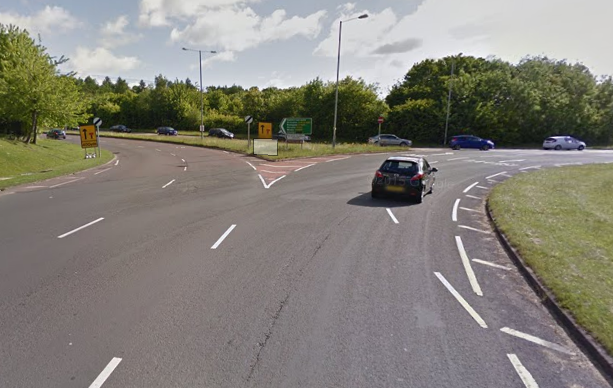Clutchless gear changes.
No really – You don’t need the clutch to change gear, it was invented because some people couldn’t manage to change gear, they still couldn’t couldn’t manage it so they invented the syncromesh, and they still couldn’t manage it, so they invented the automatic, they still couldn’t manage so they invented the CVT, they still couldn’t manage it so they invented the electric car.
(OK that might be slightly over simplistic, its a bit difficult to manoeuvre the car slowly without a clutch and moving off from stationary can get a bit noisy)
This a technique that has little practical application, until you actually need to use it.
It was never taught by any Police trainers, and isn’t a requirement for any advanced test, but I’m often asked about it so here’s my thoughts.
If you get a clutchless change incorrect you will ‘crunch’ the gears – This will send lots of tiny little fragments of metal around your gearbox. If you ‘crunch’ them a lot then ultimately all these little fragments will affect lubrication and destroy your gearbox. If you get it very very wrong you will destroy your gearbox.
To clutchless shift you have to match the RPM to the road speed (technically you balance the speed of the layshaft and the output shaft (mainshaft in old RWD money) within the gearbox)
Changing up is easy – most people can manage this, simply accelerate and at the point you’d normally change gear move the gear stick without using the clutch – remembering to pause in neutral.
It works because the rev’s are dropping automatically as you lift off the accelerator and pause in neutral and unless you’re way out it’ll work.
Changing down requires more skill, as you move it into neutral you have to increase the Rev’s to the exact point you’ll need, much the same way as a sustained rev gear change, but ensuring the road speed is also correct.
There’s a much choppier version called something like ‘floating neutral’ where you can knock it into neutral, gently push it against the gear required while giving it some gas and when it hits the right point it’ll go in. This wears the syncro.
So doesn’t all this wear out the syncromesh?
If the speed is correctly matched you will not wear out the syncro – the purpose of the syncro is to match the speeds. If the speeds aren’t matched then the syncro takes up the slack which causes wear. If you match the speed they don’t.
Does it have a use?
It’s useful if your clutch fails, its useful if you need to shave a second or two off a gear change for some reason.
Personally I use it for demonstration purposes, a lot of people aren’t aware you can do it, many people are but can’t do it, and some can after a fashion, but its not likely you’ll find someone who can drive for long periods doing it.
ADI’s might find it can help with ‘The driving school of Mom and Dad’ – A longish demonstration and a suggestion planted to the learner that expert drivers don’t need the clutch, usually dispels any further of debate as to who is best qualified to advise on driving matters, when Dad tries the technique.
Granny shiftin ?
You almost had me? You never had me – you never had your car… Granny shiftin’ not double clutchin’ like you should. You’re lucky that hundred shot of NOS didn’t blow the welds on the intake! You almost had me?
A quote from the Fast and the Furious – (Incidentally kids born the year that film was released will be applying for their provisional licenses soon….)
I’ve no idea what that means – the quote is meaningless – and I doubt double declutching would be a faster gear change technique in a street race?!
Short Shifting
I’ve only used this technique in the location below –

As I enter the roundabout I’m taking 2nd, but I’m now heading for the exit to the left which is an NSL dual carriageway. So far so good, but that exit goes into a sweeping bend, so to give exit performance and avoid changing gear on the bend, I short shift into 3rd on the island. Of course your actual mileage may vary depending on the performance characteristics of your own car.

